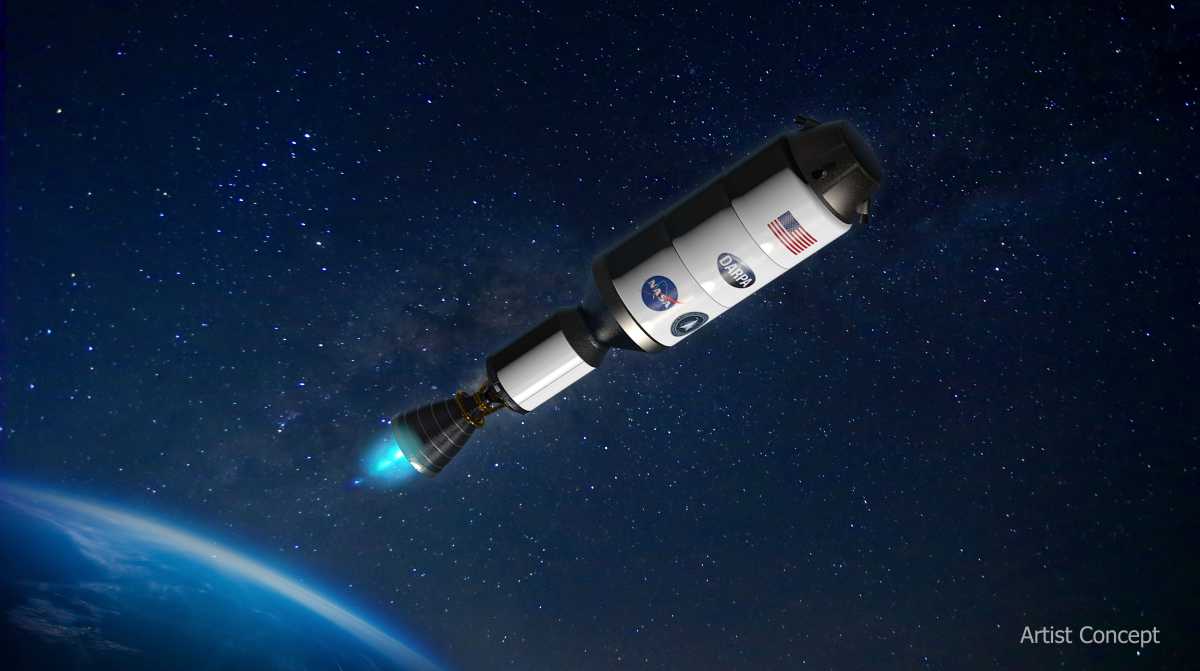Tech
NASA Explores Commercial Partnerships for Mars Missions

NASA‘s Jet Propulsion Laboratory has initiated a call for commercial service studies aimed at evaluating potential partnerships for upcoming robotic Mars missions. The studies, valued between $200,000 and $300,000, will focus on exploring opportunities for commercial involvement in various Mars exploration missions.
The specific missions under scrutiny include delivery of small payloads and large payloads to Mars orbit, high-resolution imaging of the Martian surface, and communications relay services between Mars and Earth.
Following the release of NASA’s ‘Exploring Mars Together’ strategy last year, the agency is now keen on assessing how commercial entities could contribute to future Mars endeavors in addition to traditional NASA-led missions.
Proposals for the studies were due by February 27, with NASA aiming to make selections and awards by April. The results of the studies are anticipated to be published by the summer of this year.
The need for such commercial partnerships arises as NASA’s existing Mars infrastructure, like the Mars relay network and high-resolution imaging capabilities provided by the HiRISE camera on the Mars Reconnaissance Orbiter, is reaching the limits of its operational lifespan.
For NASA, the objective of these commercial studies is to evaluate not just the technical feasibility but also the commercial viability of potential Mars mission services. This includes assessing the interest, cost implications, and partnership structures for activities like data relay and high-resolution imaging.
While drawing parallels to the Commercial Lunar Payload Services (CLPS) program, NASA is cautious about directly transposing that model to Mars. The agency is intent on exploring a unique business approach that could pave the way for fruitful collaborations with commercial partners in the realm of Mars exploration.
Simultaneously, NASA is also refining its ‘Exploring Mars Together’ strategy to incorporate feedback from the community and present a comprehensive written version by the summer.












